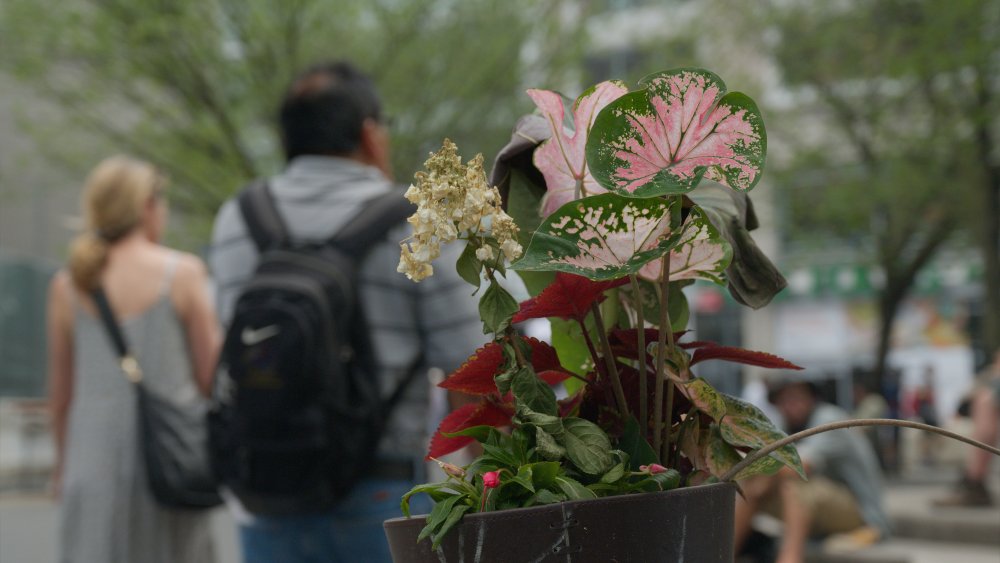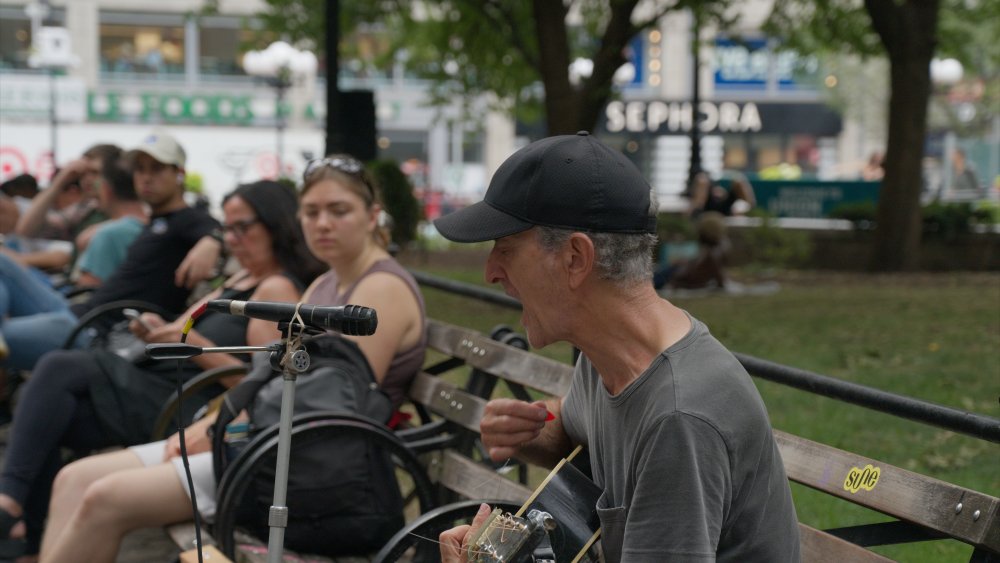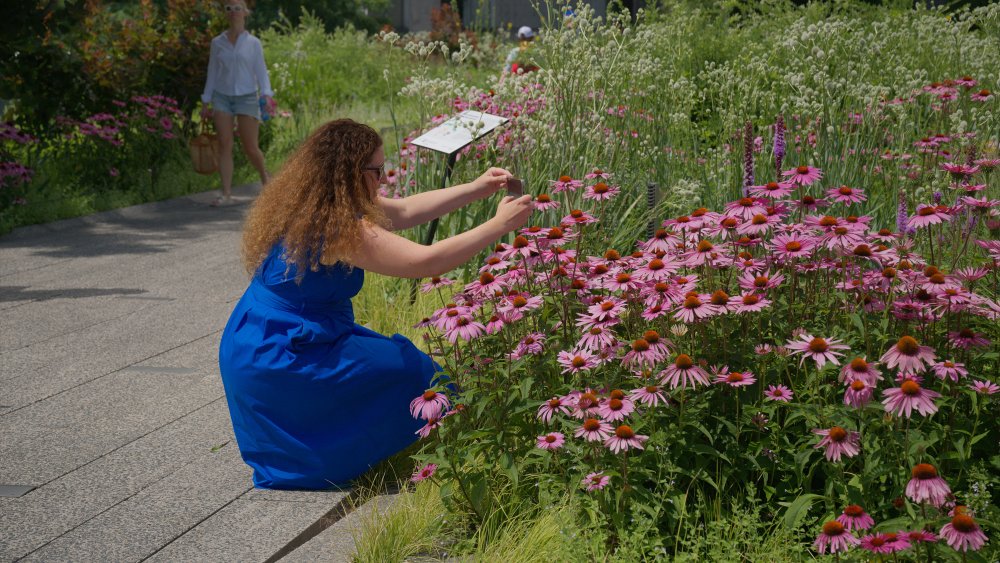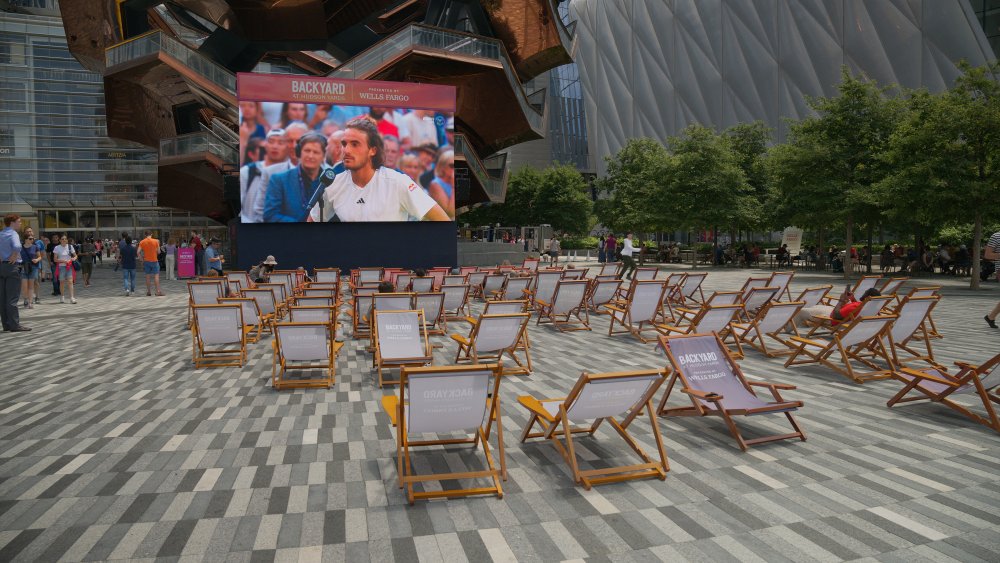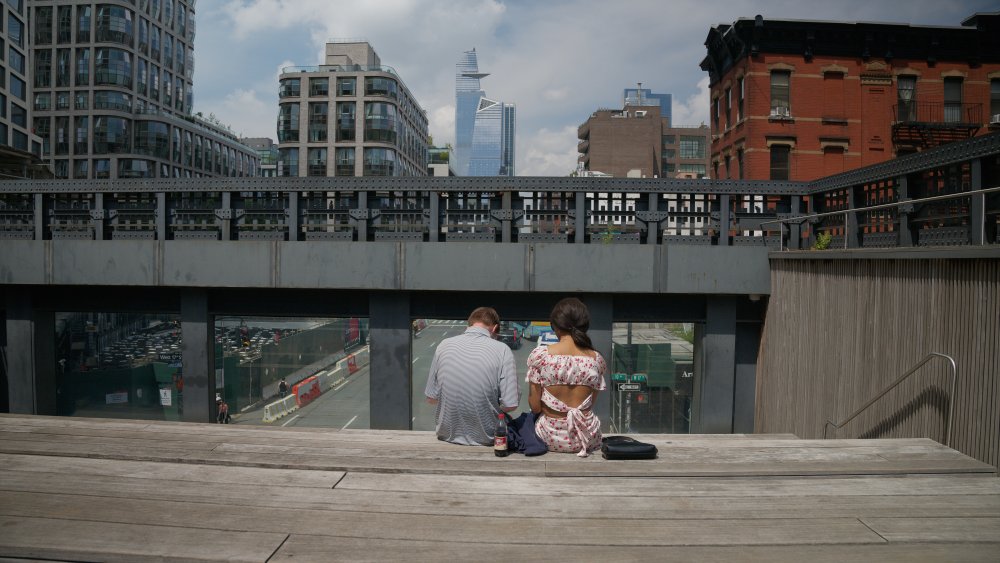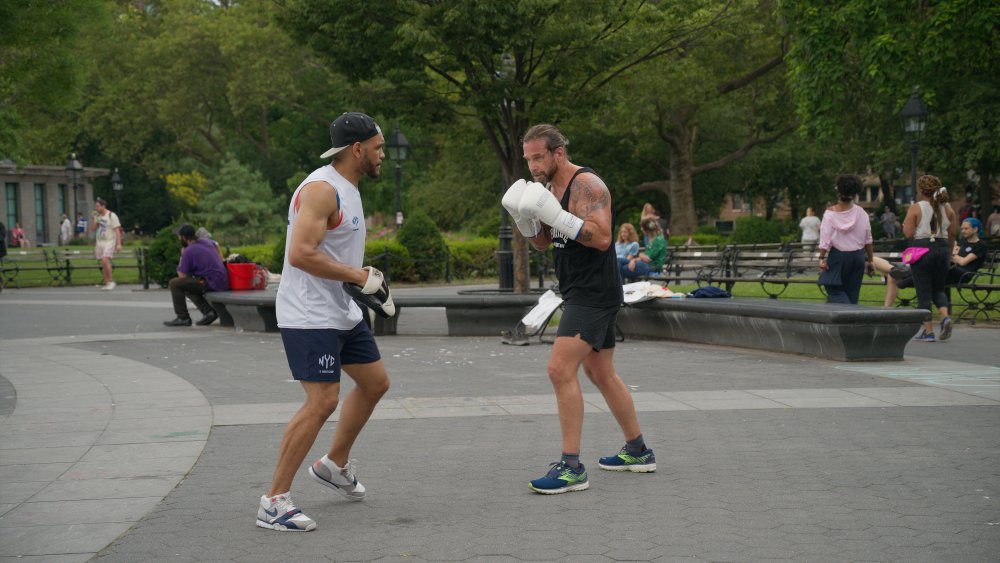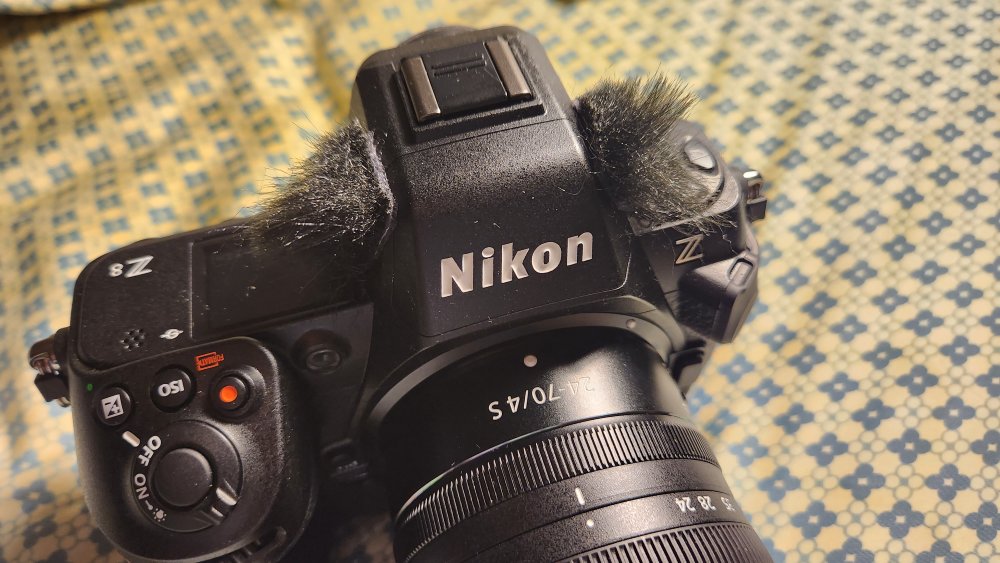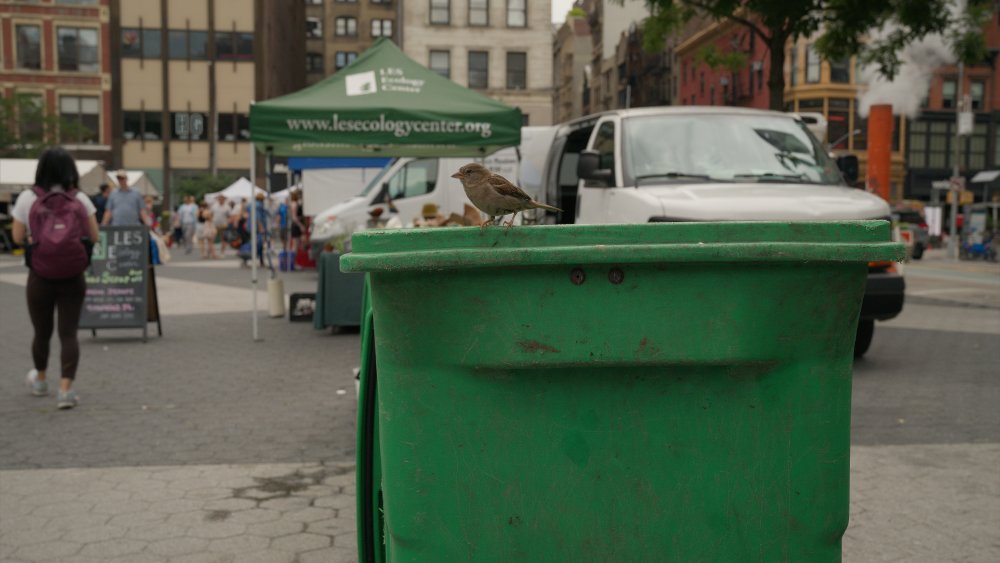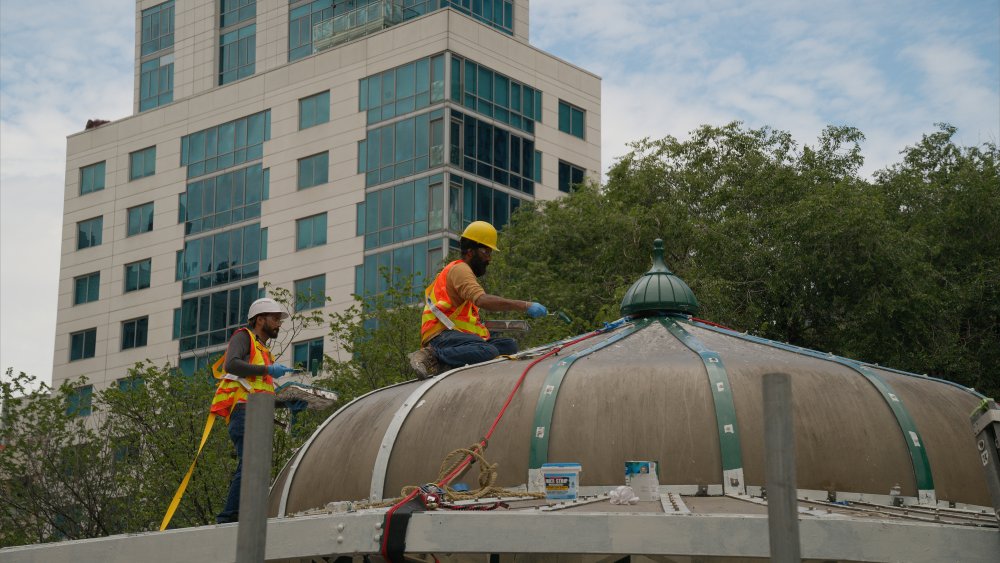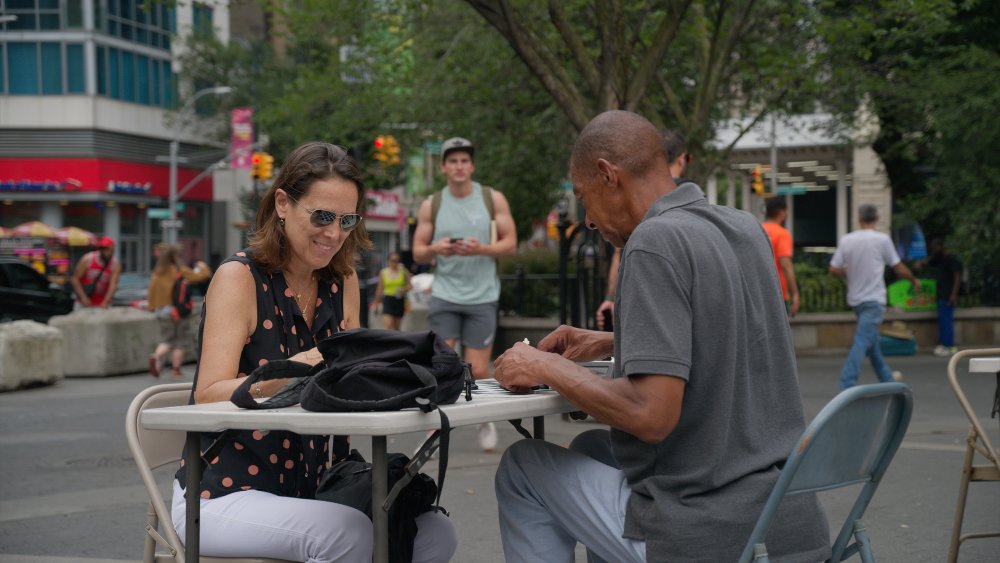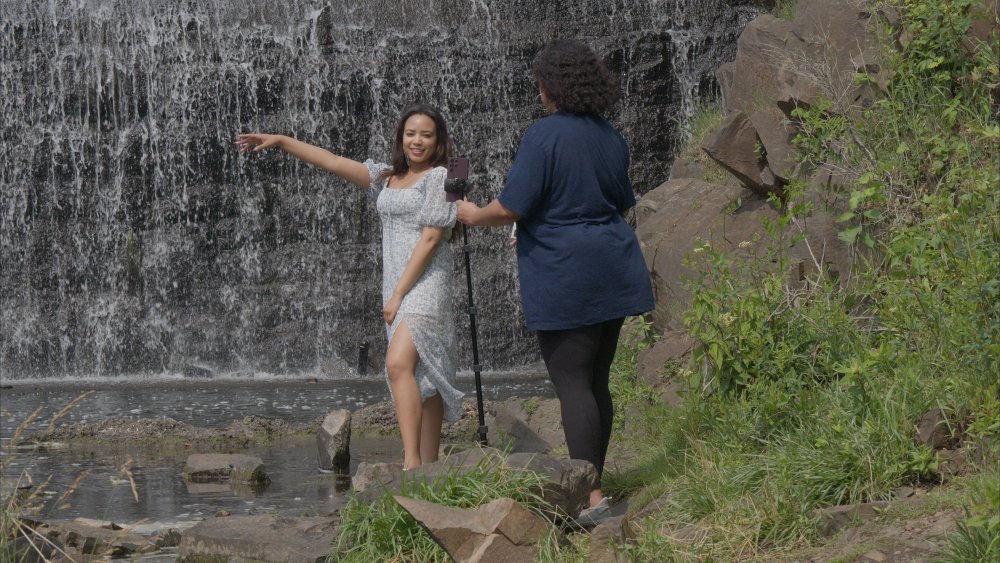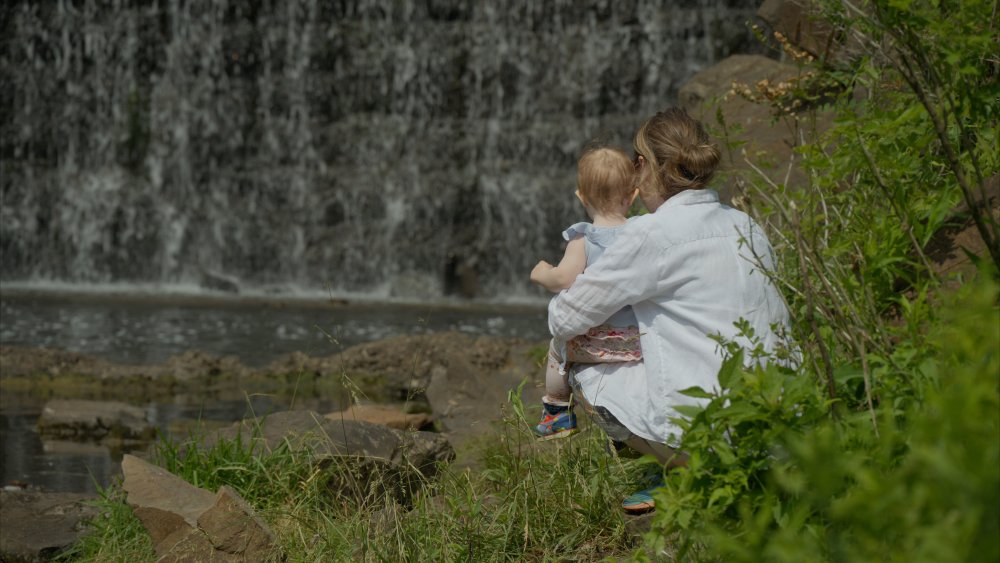
markr041
Members-
Posts
892 -
Joined
-
Last visited
Content Type
Profiles
Forums
Articles
Everything posted by markr041
-
What's your point, or his? Video and film is about illusion. You can color to make a video give the illusion of reality. So, you get comments like "looks so real" when technically the colors are far from those in the real world. But for sure reality is not "beautiful" or "thick" colors. Or Rembrandt co
-
Color Space Transforms in DaVinci are better than any LUTs I have tried as a base for grading, although one poster calls the resulting REC709 DaVinci Resolve Studio transformed colors from 12bit RAW N-Log "thin and not overly active." I am not sure what that means, but my color criterion recording meerkats and their environment is the look of accuracy not "fat" or active. Skin reproduction is the main focus. And, bright sunlight produces different colors than overcast conditions. They both cannot be "beautiful" or equally inactive(?). Departing from color accuracy as a criterion makes color judgements totally subjective. But that is art. In any case with 12bit RAW color you have great material to create whatever color effect and artistic statement you want.
-
I agree with you that the fx3 and fx30 are not the right cameras for shooting 1.5-hour takes, but I do not think your "evidence" - your remembering a video where someone quoted someone else (!) - is the kind of evidence that anyone should make decisions on. There are settings in those cameras for the fan, and for the shutdown thresholds. And indoors with no airflow will overheat cameras more compared with using a camera outdoors, where there is airflow. So, we need to know more about the tests than what you think someone concluded for a serious discussion of overheating. But, I do not think we need more on "overheating" for the purpose of this guy's video styles. Let us just agree that no professional cinema camera is appropriate for the OP's use (and we will all refrain from expressing our view of the worth of 1.5-hour continuous videos).
-
I agree with this, except the fx30 and the fx3 have fans, and they are not likely to overheat. The limits are battery life for long takes like 1-2 hours(!).
-
Maybe you are not searching enough 🙂 Not my video.
-
The Z8 as an APS-C video camera. You can shoot RAW in DX mode, which crops the sensor and gives you 5405x3040 clips, better than 5K and much better than 4K. You can shoot RAW at the highest quality (HIGH), with the bitrates 1/4th those for 8K - so you can shoot 48 minutes at HIGH RAW on a 1TB card, as opposed to 12 minutes for 8K! You can of course us DX (APS-C) lenses in those mode. For this video I used the FF Nikon Z 24-70 f4 lens. An advantage of the crop is that mostly one is using the center of the lens, so corner drop-off is irrelevant - most lenses from Nikon are really good in the center. So, how does it look: Think meerkats - habitat and inhabitants in their activities. 5K (5120x2880) frame grabs:
-
So, you don't know what the limits are? You suggest a shooting scenario that is reasonable, but then you just assume the worst. and then complain about it, as if it were true! I shot this 4K 120p video with the Sony ZV E1, which has the same "overheating" issue (no fan, compact body) and the same codecs as the a6700 (different sensor) but like the a6700 in 120p 4K, there is no oversampling. Shot all clips in 4K 120p, successive clips averaging 10 seconds (obviously trimmed in post) in an hours worth of shooting in 80+ temperature. Just like your scenario. Never got a warning. Camera was always on, no long intervals between shots. Now, I would not recommend the a6700 or the ZV E1 if you do not want to think about overheating, given you can get the same quality (fx3 or fx30), at greater expense and bulk, without overheating. But given the above scenarios, the chance of overheating is small. But, why be limited to those scenarios? Why worry? Move on. There are options. It is too bad you cannot yet have big sensors, high bitrates, high resolution, high frame frame rates from a tiny camera with no fan and not have heat issues. I am not a Sony fan, apologist, influencer or paid shill. Right now, I like the Nikon Z8 and RAW video, even for 4K 120p. And, it can overheat too, but has not so far for me with plenty of 8K 60P RAW shooting (not long interviews of course, but who needs a static 8K 60P interview video?). And that camera has an alternative also with the exact same quality that does not overheat; and, again, at greater cost and with increased bulk (Z9). Your choice.
-
You are correct, the ZV E1 is not the camera for 1.5 hour clips. It will overheat. Are you sure you can shoot continuous high bitrate 1.5 hour videos on an fx3 with its small battery? You can also hold the camera, lens and gimbal for 1.5 hours? It is not a light camera, and full-frame lenses are big and heavy. Perhaps a reason to go with a crop camera like the fx30 - smaller lenses.
-
I agree about the time lapses. Indeed, a lot of the high-resolution "video" TV 4K and 8K demos (Samsung, LG, Sony) shown in stores are time-lapses, because I suspect at least early on there were no 4K and 8K video cameras of good-enough quality.
-
Maybe you are forgetting why cellphone stills and videos look so good - the amount of sophisticated AI processing that the hardware provides. Given the tiny sensors, I would guess the RAW images would look terrible (DR, for one !) and be impossible to salvage with any computer program. But I would certainly like to be proven wrong (I doubt anyone here will).
-
I am confused - you say there is C4K RAW video, but the aspect ratio of your video is hardly that - is RAW only available with this truncated AR? The biggest problem, aside from the fact of a low frame rate, is the dynamic range - the face has conspicuous blow-outs for example. I do not see how this kind of video could be matched with any competent mirrorless camera shooting 4K. I can see why this is fun; I had it using magic lantern on an EOS M - shooting RAW with a $300 camera! But, it sucks.
-
Was this color graded? Yes, heavily (and no LUTs) like all of my videos, to create the "illusion of reality." Think National Geographic video of meerkats - no film-like color tints or distortions; rather see the habitat and watch the activities of its inhabitants as if you were there. But with humans, unlike with animals and birds, one cannot hide or wear a disguise or shoot with an enormous lens. Some good stills too:
-
Please recomend me a câmera for cinema verite easyness
markr041 replied to tomastancredi's topic in Cameras
You don't find many people saying what you are saying, because it is obviously true. You are not in the minority, except insofar as you say these obvious points and others do not (for good reason). The serious point is that a lot of the creative discussion is about color, and rightly so, but the also obvious point is that if you start with RAW video, more bits, and higher dynamic range you have a better palette with which to be creative about color (with less digital artifacts). So, specs and hardware matter too. You can then emulate digitally 16mm Kodak 2383, or cellphone video, or whatever aesthetic better (without a LUT), if that's your thing. There is a reason serious filmmakers use expensive cameras, and it is not just that they do not overheat. -
Sound check. Internal mics protected by attached wind muffs recording jazz: with activities: feeding, chess, boxing, typing, posing. And an 8K frame grab: And the rig:
-
Do you see anyone looking at the camera in any of my videos? No. There are people who look at me and my camera, for sure, but not the ones I shoot.
-
For my use, it seems the Sony ZV E1 is the better option. I tried out the Z8 shooting my mode type of video, in a public place, and it was clear the Z8's size, and the Z lenses, make the camera and thus me way more conspicuous than when I use the ZV E1 with the same specced lens (24-70 f4). Now, for an event videographer, this is completely irrelevant- people expect to be included in video, and the camera person can carry an IMAX camera and it would not make a difference. But, I do not want people stopping what they are doing to pose. The ZV E1 can also go from 4K 60P to 4K 120P with zero change in quality or framing, so going to slow motion and retaining 60p (which I now insist) is easy. And, with dynamic active stabilization it is possible to move with the camera without a gimbal, and that is not possible with the Z8. Finally, the Sony's built-in wind muff makes obtaining audio outdoors possible without worrying about wind, the enemy of audio. BUT. There is 8K RAW. Compression is the big enemy of video. And removing one compression step is a big deal. Moreover, as computer algorithms and compression techniques improve over time, the transformation from the RAW video clips in post can only get better. With HEVC or even ALL-I clips (and those partially-debayered fake RAW's), you are stuck with today's technology, and it is far from perfect. The 30+ megapixel frame grabs from 8K video, shot in 60 fps so there is minimal blur yet smooth video, are magnificent. I can handle the Z8 fine; its AF and tracking do not seem much different from the Sony. And I have stuck on the camera my own wind muffs, so I think I can deal with wind too using the built-in mics (which seem very good). Again, I cannot rig a camera for the video I like to shoot with an external mic with wind muff, and most of those mics that mount on a camera are no better than the internal mics - cheaper, small omnidirectional mics can be very high quality while directional mics usually have limited frequency range at the bottom, among other issues. My Z8 8K 60p RAW video "test": This can be viewed in 8K with Chrome (not Edge or safari). And two 8K frame grabs:
-
Testing NRAW HIGH Zlog 8K 60P at Night using ISO4000 (the alleged second base ISO): HDR 8K. Nikon Z 40mm f2 lens.
-
800. But with sun shining on water, there are lots of specular highlights. And, sun on white swan. I'd rather be prepared for high DR and preserving higlights than worry about noise in shadows. On no-sun days SDR and low ISO might be better indeed.
-
-
Speaking of cropping. The Z8 has a massive crop to 4K UHD for 120P NRAW. No pixel binning, no "subsampling," no line skipping. But, a 2.3X crop. This was shot in 12bit N-RAW HIGH, ZLog cropped 4K 120P to see what we get: There is audio too; it is not an S&Q mode.
-
And here's a test of it: Seamless transition from normal to slow motion (5X). Slog3 422 10bit color. No overheating (75 F).
-
Amendment to the above: 120P 4K is NOT an S&Q setting. It is a normal option for XAVC HS, along with 60P and 24P. Thus, audio is recorded. There are two bitrate options: 200 Mbps and 280 Mbps. Both 10bit 422.
-
The 4K 120P license is now available (as promised for June). There is a slight crop. No active or dynamic active stabilization (which also had a crop). 120P crop is about the same as shooting with active stabilization. No Clear Image Zoom. No All-I. Can use HEVC (XAVC HS), at 280 Mbps. No added cost, at least in the US.
-
Shot from 8K 60P (N)RAW video frame. 1/125th second shutter, which is ok for video motion at this frame rate and enough speed for portraits (people micro move). "Developed" in DaVinci Resolve Studio. RAW video then gives the best of both worlds?
-
Two videos with one prime lens (Sony 85mm f1.8): Japanese food fair:



